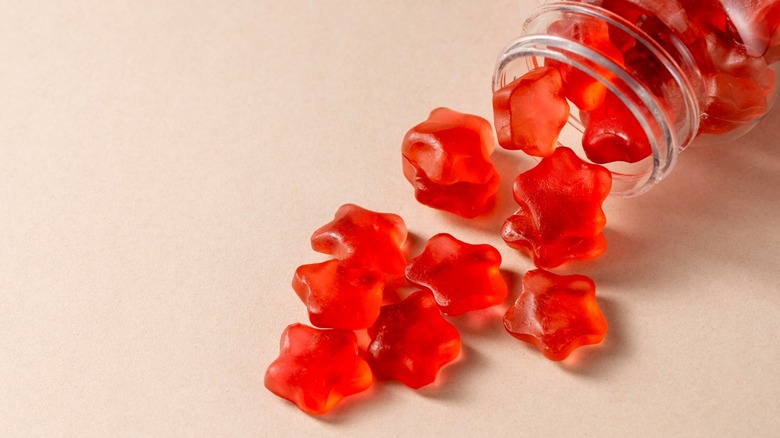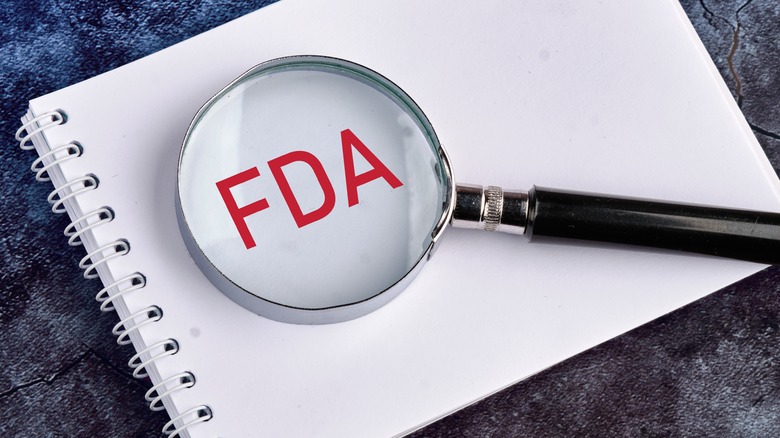Red Dye No. 3 Is Officially Banned. What Foods Will Be Affected?
The U.S. Food and Drug Administration has officially banned the popular additive red dye No. 3, revoking authorization for manufacturers to add the synthetic colorant to foods and ingested drugs. The agency announced the change on January 15, 2025, and it will affect all foods, beverages, and ingested medications containing the ingredient.
Health and safety concerns, including links to cancer in animals, are the main factor cited in phasing out red dye No. 3. It is most commonly found in sweets like candies, fruit juices, desserts, and snacks. If your favorite cherry gummies or strawberry ice cream are artificially colored red, they could undergo some changes. More than 3,000 foods and beverages currently sold in the United States contain the additive, per a list by the Environmental Working Group. Slightly more unexpected sources include some brands of tomato sauce, candy-coated nuts, and even yellow rice.
Companies currently using the dye have been given cessation deadlines of January 15, 2027 to stop adding it to foods, and January 18, 2028, to remove it from ingested drugs. In the meantime, consumers can identify food products containing the dye by simply scanning package labels. In addition to the name red No. 3, the colorant is also designated by names like "red #3," "red 3," and "FD&C Red #3."
Red dye No. 3 was already banned by the FDA in 1990 regarding cosmetics and topical medications, and the ingredients in artificial food colorings – especially red dyes — are still a frequent subject of controversy. For instance, the advent of blue raspberry may have been the solution to a toxic red dye problem.
What led to the ban on red dye No. 3
A section of the FDA's Federal Food, Drug, and Cosmetic Act, known as the Delaney Clause, is the basis on which this dye ban has been founded. The clause prohibits the FDA from greenlighting colors used in food and drugs if said coloring has been shown to cause cancer in either animals or humans.
The FDA previously elected not to ban red dye No. 3 in food – though it had been linked to causing cancer in lab rats — because the hormonal mechanism that results in the cancer forming occurs in rats but not humans. However, the organization has been urged to revisit the matter many times over the decades, most recently in a 2022 petition that ultimately led to this latest ruling.
Despite taking strict action, the FDA said in its announcement of the ban, "Relevant exposure levels to FD&C Red No. 3 for humans are typically much lower than those that cause the effects shown in male rats. Studies in other animals and in humans did not show these effects; claims that the use of FD&C Red No. 3 in food and in ingested drugs puts people at risk are not supported by the available scientific information." In other words, red dye No. 3 is still much more likely to cause adverse effects in rats than in humans. However, concerned consumers are celebrating the ban regardless. In the near future, the FDA could even make major changes to nutrition labels to further cater to Americans worried about public health.


